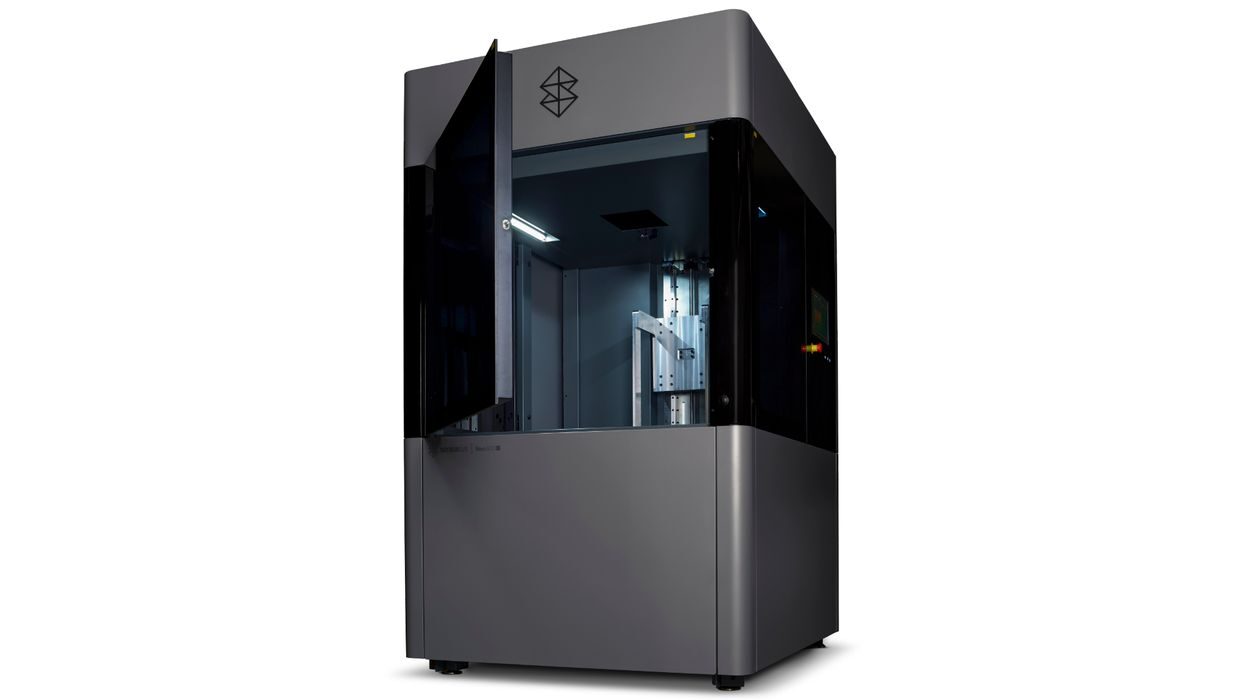
Stratasys announced a new industrial 3D printer, the Neo 800+.
The Neo series is based on technology acquired by Stratasys from UK-based RPS back in 2021. These systems use the familiar SLA resin 3D printing process, but RPS and Stratasys have refined the process to deliver extremely high-quality parts. These are of great interest to industry because the smooth parts generally don’t require much post-processing.
The flagship machine in the Neo line has been the Neo 800. Now there’s a new variant, the Neo 800+.
The two machines share a great deal of the specifications, such as a build volume of 800 x 800 x 600 mm. The machines are able to produce larger parts that also have very high-quality surfaces.
The Neo 800+ is improved in print speed. Stratasys explained that it includes a new feature called “ScanControl+”, which is said to increase print speeds by up to 50%.
Printing on these machines involves sweeping a laser across the surface of the photopolymer resin, so Stratasys has done something to make that process more efficient. They don’t explain precisely how this works, but it’s likely due to “enhanced laser and optics” included in the Neo 800+.
Stratasys said that although the print speed is substantially increased, the fine quality is not compromised. They said:
“Real-world performance benchmarks have shown ScanControl+ to improve time-to-part by 39% on average and by 44% or more on applications such as tooling molds dependent on materials used. The superior print accuracy also minimizes post-processing needs, leading to a lower total cost per part.”
There are also some advanced reliability features on the Neo 800+:
- Vacuum System Protection
- Z-Stage Collision Detection
- Real-time environmental monitoring
Along with the Neo 800+ itself, Stratasys also announced a companion material: Somos WaterShed XC+. This resin is based on Somos WaterShed XC 11122, but is engineered to take advantage of the higher print speeds enabled by ScanControl+.
You can print objects that are optically clear with Somos WaterShed XC+, aided by the incredibly smooth surface quality produced by the Neo 800+.
Stratasys seems to be focusing on productivity with this upgrade. The speed increase alone will transform the throughput for Neo 800+ operations, and that’s money in the bank: more prints for customers in the same time period.
Via BusinessWire
